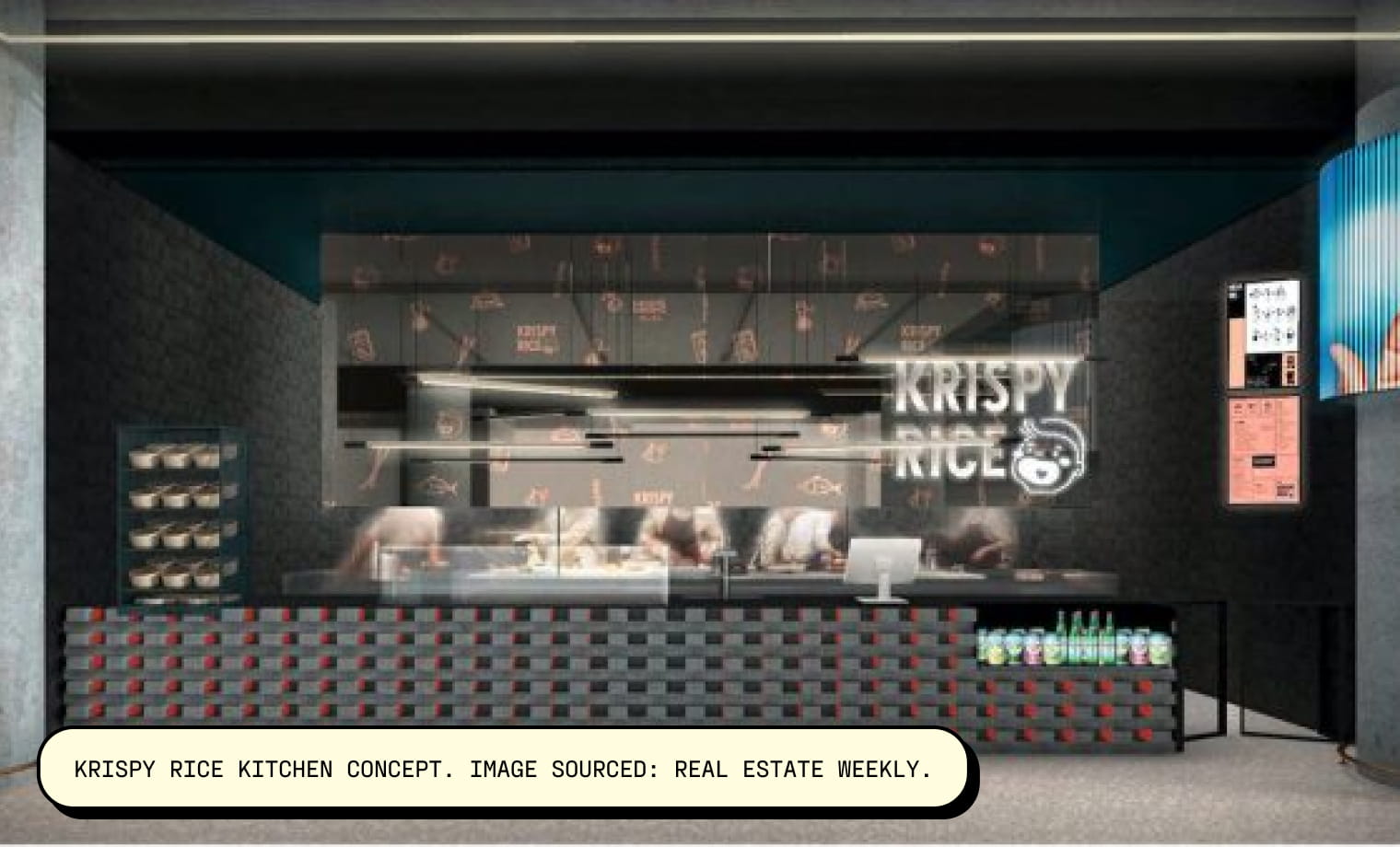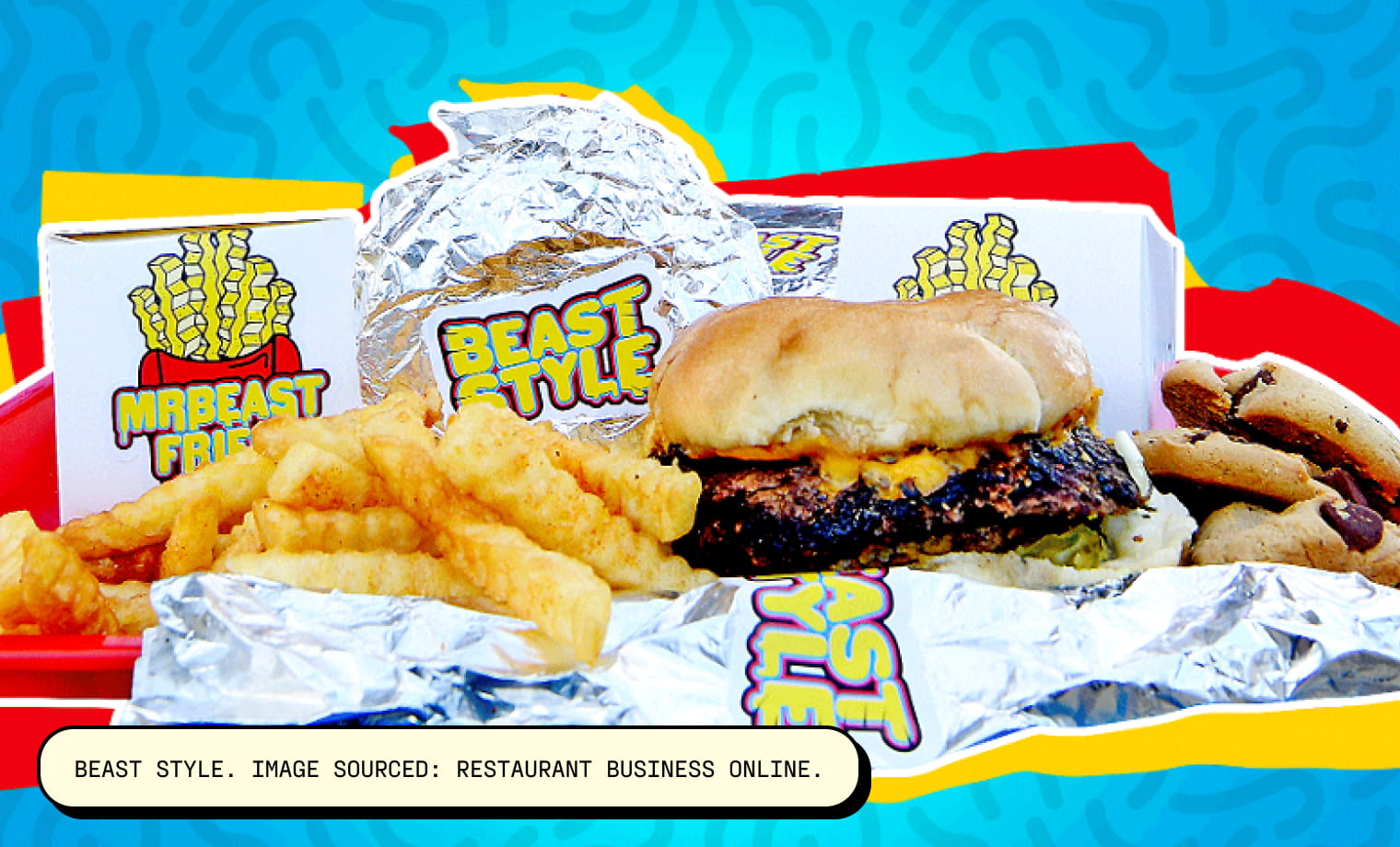Check Out This Guide:
Share
- Jump to:
Whether you’re a restaurateur searching to start a ghost kitchen, cloud kitchen, dark kitchen or any other new buzzword that comes from the virtual restaurant world — we’re here to provide your 10-step expert guide into starting a virtual restaurant, with competition and tech in mind.
What is a Virtual Restaurant?
Think restaurant food, without the dine-in option. With food delivery outpacing dine-in by 300% since 2016, the traditional brick & mortar storefront is marginally serving less purpose in the new delivery-forward world.
A virtual restaurant is just that — the commercial kitchen and that alone. Whether it’s online ordering being booked via app or web, the virtual restaurant or delivery only restaurant serves as the kitchen for delivery and/or takeout food options. There has been an increase in submerging brands utilizing virtual kitchens to help cook up flavor within their concepts.

Why start a Virtual Restaurant?
Opening up a virtual restaurant, rather than the traditional brick and mortar storefront, proves serious advantage past the marginal cost:
Low Capital Investment.
It’s no secret that operating a traditional storefront is expensive, with multiple avenues that require attention and $$$. When opening up a new restaurant, limiting down on these avenues of expense (physical in-store branding, seating, multiple stations, etc.) can save you a ton of dough in initial investment into your restaurant. Within the virtual restaurant space, your initial investment is a fraction of the cost — we’ll cover this further in.
Flexibility and Efficiency.
Online platforms can be easily altered to fit updates, whether automatic or manual. For virtual restaurant businesses, this means introducing new dishes to your fully online menu becomes inherently easy and efficient. This amount of flexibility and customization allows for adaptation to ever-changing preferences within your target market. Much of the need for immediate alteration came from the impact that the pandemic had on the restaurant industry — primarily impacting existing restaurants.
Expansion Opportunities.
Alongside flexibility and efficiency, virtual restaurants or delivery only restuarants offer a bigger opportunity of expansion. Due to the virtual restaurant being built online, rather than a physical location, replicating it’s system(s) becomes more efficient; this means an increase in expansion opportunities across both locations and dishes.
How to Start a Virtual Restaurant: The Best Guide in 10 Steps
1. Build Your Concept.
Building from the concept up is important here. Identify which type of virtual kitchen business model you want to undergo, based on your possibility of investment of time, money and resources. From single-brand cloud kitchens to operator-managed virtual kitchens, there are many formats to operate your virtual restaurant within. Each business model offers different elements: square-footage, location and menu size, all of which are important in identifying your concept as a whole.
For a full breakdown covering all segments of virtual business models, visit Posist.com.

2. Identify Your Competition.
Competition is as what competition does, but better. Knowing what your direct competitors are offering is important when building out your kitchen and all of its offerings. Use your competition as a direct resource of all things research; find out who they are sourcing from, what tech platforms they are utilizing, what’s making them successful and more importantly, what are their setbacks. This will all help survey what’s not working within the space and optimize what is.
3. Optimize Your Niche & Differentiate.
Yes, a virtual restaurant is already pretty niche, but we are looking at your segment within this part of the food tech industry. Looking at your direct competition, you should be honing in on what can be done better, with efficiency in mind. Whether it’s adding more locations to hit a left out demographic of people or scaling down your restaurant’s menu to specific dishes that your restaurant is known for: find what differentiates you from your competition and scale in.
During this step, there should be surveying of target demographics to better understand specific audiences and find any/all unique gaps that are in the current market.

4. Find Your Commercial Kitchen.
When choosing your commercial kitchen, there are a couple top virtual kitchen providers to take into consideration:
C3. C3 by SBE is a ghost kitchen incubator powering well-known brands like Krispy Rice, Umami Burger and Sam's Crispy Chicken. C3 stands for “Creating Culinary Communities”. Partnering with Lunchbox, the app let shoppers order from more than 200 ghost kitchens and brick-and-mortar restaurants in one place for the first time ever.
CloudKitchens. Launched by Uber co-founder and former CEO Travis Kalanick, CloudKitchens is an international network of ghost kitchens with over 40 locations. CloudKitchens operates in a turnkey way, marketing that restaurants can open a ghost kitchen in just one month.
Kitchen United. With six locations across the United States in cities like Scottsdale, Austin, and Chicago, Kitchen United is known for their ‘multi-restaurant ordering’ — the ability to deliver foods from multiple restaurants in one delivery order (like the CITIZENS GO app from C3).

For more information surrounding ghost kitchens, check out our article Ghost, Virtual, Cloud Kitchens: History and Predictions for the Future of Restaurant Types [2021].
5. Research Your Preliminaries.
Between knowing the laws, selecting the plan and marking off inspections, certificates and insurance, you aren’t skipping all the preliminaries when choosing the virtual restaurant route.
Here is a quick checklist on your preliminary to-dos:
ServSafe Food Handler Certification
Register Business
Select Plan
Invest into Liability Insurance
Apply for Inspection
For a full breakdown covering all the preliminaries, visit The Food Corridor.
6. Configure Your Tech and Providers.
Hone in on what tech will be needed for your virtual restaurant — figure out just how many POS systems will be needed to facilitate all online delivery orders. From here, finding a great service delivery driver is crucial. We recommend shopping through first-party delivery options, rather than third-party (GrubHub, Uber Eats, Doordash, etc.) — gaining the advantage on profit margins and customer data is huge.
Reasons why its first-part delivery > third-party delivery:
Avoid the painful fees — “With some fees as high as 30%, the already slim margins that restaurants experience are cut even thinner once you factor in these fees. In many cases, restaurants have had to increase their prices, which can impact guest likelihood to select your food, as well,” Shannon Moyes, Volante.
Control of the brand and the experience — Customer experience is vital in success whether in-person or virtual. When utilizing third-party delivery platforms, they are promoting their brand and their brand only; meaning, no marketing strategies that will increase guest loyalty for your restaurant.
Access to your guests data — Knowing your guest is a huge deal. Between knowing their buying habits and/or having access to their personal means of communication (SMS and email), owning your guest data will make marketing that much more effective.
7. Cook Up Your Menu & Staff Your Kitchen
Onto the fun part — making your virtual restaurant yours. Depending on your restaurant concept and plan of choice, you will be allotted x amount of menu items that you can cook up for your virtual restaurant. Don’t worry, if you want to increase/customize your amount of dishes, the idea of it being virtual makes it that much more flexible.
Yes, virtual restaurants do have staff — just not front-of-house. This cuts down the traditional restaurant payroll to about 4-7 people during the initial stages of opening up each virtual kitchen. While staffing your location, think with preparation and delivery in mind. Depending on which delivery provider you chose, follow their recommendations for staffing.
8. Invest in Your Brand.
Between online presence on social media and searchability, your online branding plays a massive role in the success of your virtual business.
Building on Social Media. Optimize your impact through ensuring relevance on all socials that promote business pages: Instagram, Facebook, Twitter, etc. Food photography plays an important role in enticing guests to click on over to your virtual restaurant. Because the personality of the brand isn’t in-restaurant, you should dedicate more attention to branding through online platforms to hit your customer base.
Looking for more on best practices when shooting food photography for restaurants?
Building through SEO. Website ranking is just as important as social presence. If your restaurant isn’t a physical brick and mortar, your presence needs to be ranking in searchability. Ensuring this, investing in a Demand Gen or content marketing specialist might be the best option to handle the backend weight of targeting keywords, phrases and ads that can be used to send your target audience to your virtual restaurant.
9. Build Your Buzz.
We covered social media and the importance of building brand personality on those forefronts, but building buzz is huge — both online and offline. There are countless ways that go into building buzz for your virtual restaurant, including pushing social campaigns and activations, but another route to pay close attention to is loyalty, SMS and email campaigns. Building out loyalty and SMS/email campaigns can personalize the branded experience for your guest. This customization is based on customer order history and behavior, proving to be a huge marketing tool.

The use of 3rd-party delivery service providers do not provide any customer data and/or marketing campaigns specific to your virtual restaurant. For best marketing results, look to 1st-party service providers, such as type: entry-hyperlink id: 6Okb0hOiq66y5pYCJb0NqT.
10. Test and Adapt.
The idea surrounding virtual restaurants alone comes from adaptation. Because all things tech change and alter pretty much all the time, it’s important to identify these needs for change. This means, listen to your reviews surrounding your technology and/or your providers and take it into account when identifying new game plans.
Advice for Launching a Virtual Brand: Tips from Experts
1. Don’t shy away from creativity.
More and more virtual restaurants are launching every week. The space is getting increasingly busy. You’ll need to be creative to make your idea succeed.
"A virtual restaurant is not just a restaurant without seats. it requires a different mindset and setup to be efficient,” says Stephan M. Leuschner, Key Account Director or QSR & Ghostkitchens at Rational AG. "it requires a different mindset and setup to be efficient.”
2. Price your items accordingly.
Your revenue strategy depends a lot on if you’re going to do in-house or third-party delivery. If you plan on relying heavily on third-party apps, prepare for them to skim up to 30% of your profits due to fees and delivery charges.
"The main advantage you have over a restaurant is less overhead (rent, labor, etc.) This can very easily get eaten up by 3rd party delivery app commissions, so price accordingly!” — Colton O'Dwyer, Co-Owner of Ghost Kitchen Orlando
Starting a Virtual Restaurant: Final Entree
Whether you're a restaurateur that’s looking to move from the traditional brick-and-mortar space to ghost kitchens or a restaurateur that is looking to dive straight into the virtual kitchen world, checklists are your best-friend. From concept building to testing and adapting your virtual kitchen for modern times, we hope this 10-step guide can help get you cooking within the virtual kitchen space.